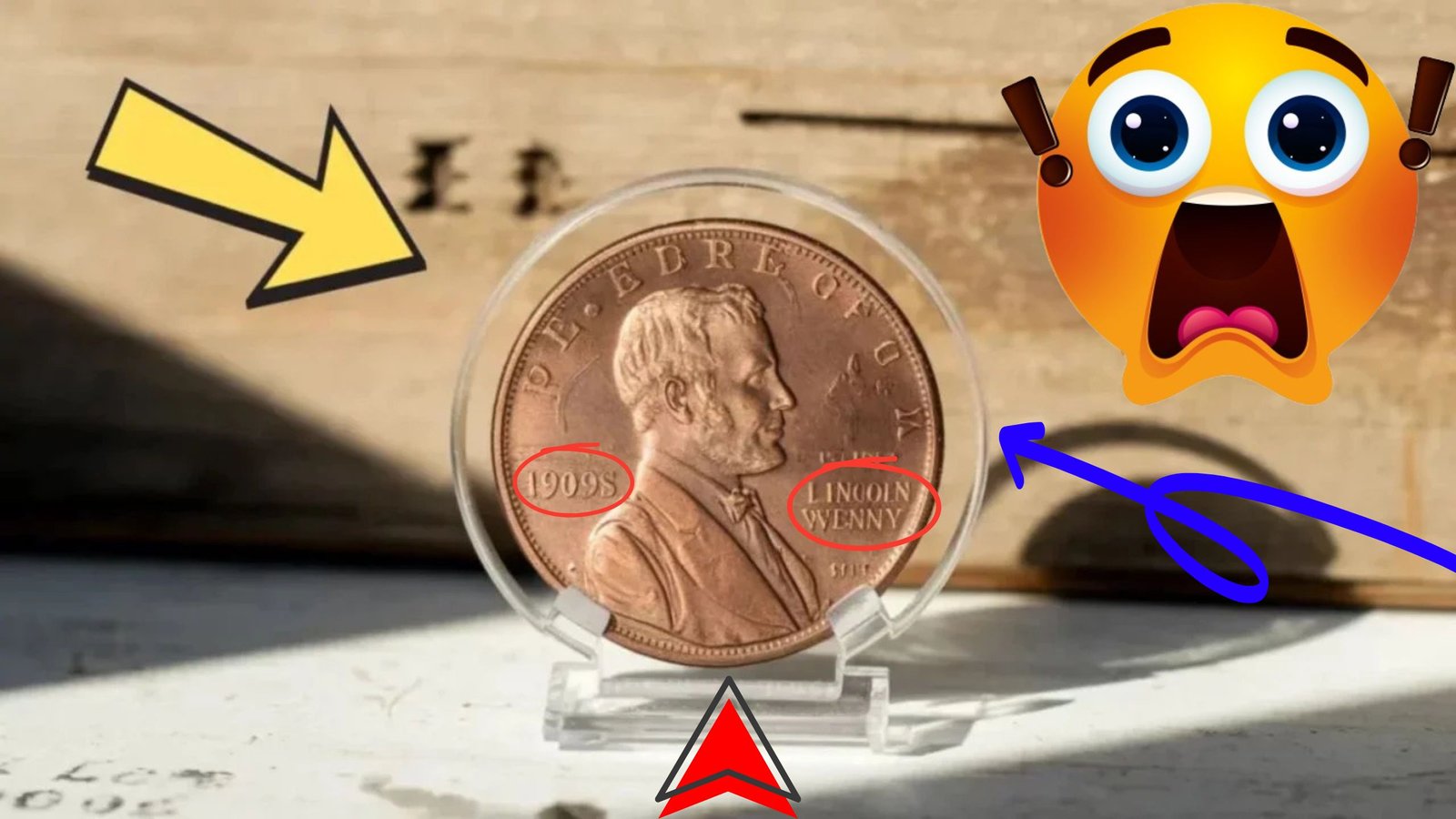Lincoln Wheat Penny : This section introduces the idea that a humble one-cent coin could be worth over $144,000. The coin in question—a Lincoln Wheat Penny—has astonished collectors due to its extraordinary value and the fact that it could still be found in circulation. It’s not fantasy; it’s a fact rooted in minting history, human error, and rarity.
The Rare Bicentennial Quarter Valued at $1 Million, Still in Circulation
What Is a Lincoln Wheat Penny?
This heading explains the origin and design of the Lincoln Wheat Penny. First minted in 1909 to commemorate Abraham Lincoln’s 100th birthday, it features Lincoln’s portrait on the front and two wheat stalks on the back. It was in production until 1958 and is now a nostalgic and collectible piece of U.S. coinage history.
The Story Behind the $144K Penny
This paragraph dives into the specifics of the valuable variety. During World War II, the U.S. Mint replaced copper with steel in 1943 to conserve materials. However, a few 1943 Lincoln pennies were mistakenly struck on bronze planchets left over from the previous year. These rare errors are now worth tens or even hundreds of thousands—one sold for as much as $144,000 at auction.
Why It’s So Valuable: Rarity and Error
Coins become valuable when they are both rare and contain errors or anomalies. The 1943 bronze Wheat Penny is valuable because it shouldn’t exist. Only a handful were made due to accidental use of the wrong metal. Combine this rarity with high demand from collectors and excellent preservation, and you get a six-figure valuation.
Still in Circulation? Here’s Why It’s Possible
While it sounds unlikely, some of these coins have been discovered in old coin jars, rolls, or pocket change. Many people overlook Wheat Pennies because they seem ordinary, but a rare version may still be out there. With millions of pennies still circulating, the odds—though slim—are not zero.
How to Identify a High-Value Lincoln Wheat Penny
This section helps readers understand what to look for. Key identifiers include the 1943 date, the coin’s copper-bronze color (instead of the usual silver steel look), and a non-magnetic response—steel is magnetic, bronze is not. Professional grading services can confirm authenticity.
The Role of Coin Grading and Authentication
Even if a coin looks promising, its value hinges on expert verification. Reputable services like PCGS and NGC can grade coins based on condition, metal composition, and authenticity. A high-grade, authenticated 1943 bronze Lincoln penny can command prices far above six figures.
A Coin With History and Mystery
Beyond its monetary worth, the Lincoln Wheat Penny tells a unique story. It represents a moment in American history, reflects the complexities of wartime production, and reminds us that valuable mistakes sometimes go unnoticed for decades.
Frequently Asked Questions (FAQs)
Q1: How can I tell if my 1943 penny is the valuable bronze version?
Look for a 1943 Lincoln Wheat Penny that is brown in color (not silver), and check if it’s non-magnetic. The bronze versions are not attracted to magnets, unlike the steel ones.
Q2: Are there other valuable Lincoln Wheat Pennies?
Yes. While the 1943 bronze is the most famous, other rare varieties include the 1909-S VDB, 1914-D, and some 1955 doubled-die errors. These coins can also fetch thousands.
Q3: Could a $144,000 penny really still be in circulation?
It’s unlikely, but not impossible. Several rare coins have turned up in everyday coin rolls or collections. Some may still be unrecognized by the general public.
Q4: What should I do if I think I have a valuable penny?
Handle it carefully—never clean it—and contact a certified coin dealer or professional grading service to authenticate and evaluate it. Cleaning a coin can reduce its value dramatically.
Q5: Why did the U.S. Mint make steel pennies in 1943?
Copper was needed for World War II military supplies, especially for ammunition, so the Mint temporarily switched to steel coated with zinc to conserve copper.




